
Industry
Trucking
Comments
1,500+
Contact Rate
98.51%
Wilson Logistics, a family-owned and operated trucking company, was founded by Darrel Wilson in 1980 with a single truck.
“In our world, we look at a driver as an internal customer. If there are 530 drivers, there are 85 more people that are non-driving staff. The only reason the 85 of us have a job is because of the 530 drivers that we have — we wanted to make sure that our drivers had a way to communicate with us.”
The company has grown substantially in its 40+ years, now featuring terminals in Springfield, MO, and Dallas, TX, and evolving into a nationally recognized carrier with a workforce of over 500 strong, comprising primarily truck drivers and support staff. The company’s hiring strategy puts specific emphasis on training and hiring new CDL holders with little to no experience, giving them a launch pad for a new career.
With such a sizable fleet, Wilson’s leadership team was seeking new ways to support its drivers. The job itself has unique challenges that demand a lot from drivers, from physically taxing work to life on the road. For new drivers, in particular, this can come as a culture shock. As a former driver himself and an industry veteran of 40 years, Wilson COO Bruce Stockton puts a heavy emphasis on transparency during the recruitment phase, ensuring prospective drivers get an accurate understanding of job requirements before coming on board.
Knowing the stressors of the job, Stockton also understands the importance communication plays in supporting drivers and lightening the pressure. “We needed to make it easy for them to communicate and easy for them to vent their questions, their frustrations,” he said. “We have to do a better job every day of communicating with them.”
The workplace pressures were also exacerbated by occasional operational inefficiencies, like various mechanical and equipment issues, which were leading to at least one to two weekly comebacks (when trucks are returned to mechanics for a number of issues). There was a noticeable missing link between drivers and the rest of the workforce, and Stockton was determined to bridge the divide.
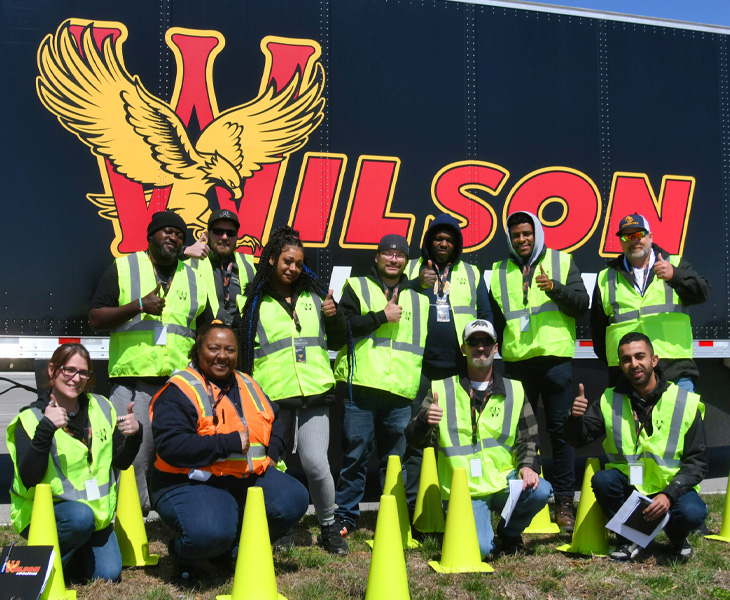
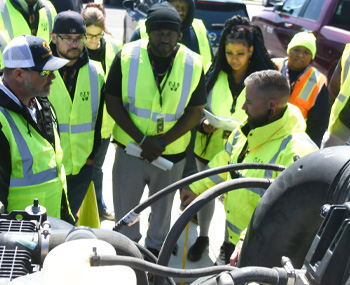
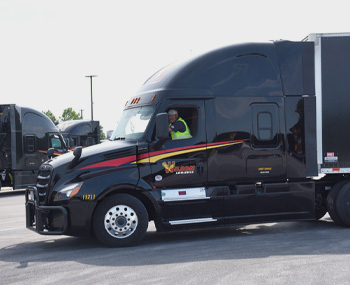
Democratizing Feedback Through WorkHound
In their first year of adopting WorkHound, the Wilson team amassed a total of 1,539 comments, and the company contact rate (how often the company directly responds to feedback) was an impressive 98.51%, showcasing its commitment to addressing every piece of feedback received. This new level of engagement had a transformative effect, driving company-wide improvements.
With WorkHound’s help, Bruce’s team was able to share feedback with leaders daily and with each department monthly. This ongoing feedback loop offered cross-departmental perspectives, giving leaders and employees context they didn’t previously have and granting every worker a voice. It also established a true connection between leaders and drivers, where concerns could be addressed before they became bigger problems.
“We’re much quicker today at identifying and solving those issues than we ever were before we had WorkHound,” Stockton explained.
Additionally, leaders take turns sharing weekly broadcast messages reflecting what they heard, ensuring diverse viewpoints were elevated and that raised concerns were addressed. This communicative reciprocity fortified the feedback loop, making employees feel more valued and heard.
“We’re much quicker today at identifying and solving those issues than we ever were before we had WorkHound.”

“We needed to make it easy for them to communicate and easy for them to vent their questions, their frustrations. We have to do a better job every day of communicating with them.”
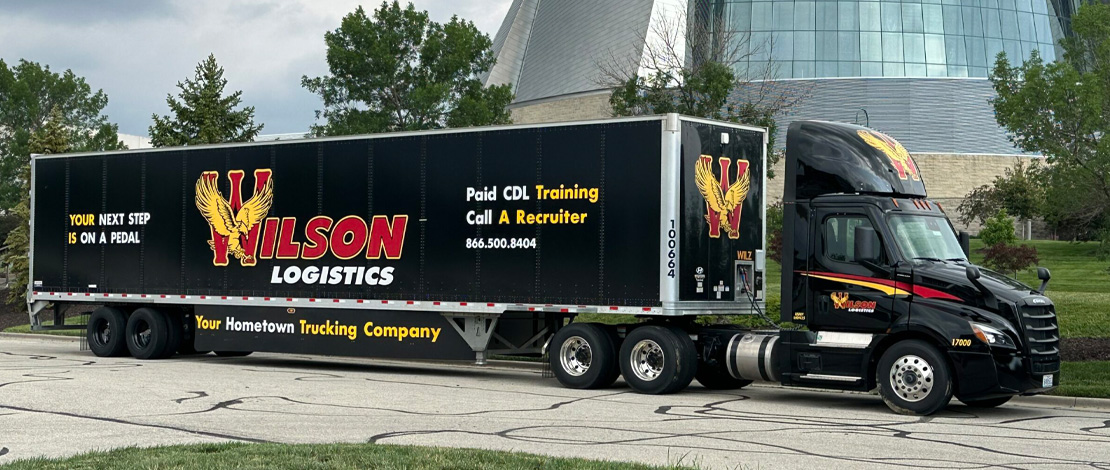
The Road to 0
Eliminating Comebacks, Improving Collaboration
Before drivers get their work assignments for the week, trucks are prepared by Wilson mechanics. Prior to implementing WorkHound, Wilson had a steady flow of “comebacks,” wherein a driver would pick up the prepared vehicle, only to return a short time later with a problem. Through the course of their work, mechanics were completing their prep duties, but giving little thought to the execution. But for drivers who can spend more time in their trucks than at home, these issues were a much bigger deal. Sometimes, it was a mechanical issue, but other times, it felt more personal: an unkempt truck, an odd smell. Sometimes, it was even preferential, complaining about vehicle color.
Stockton estimates that of every 10 trucks leaving, 1 to 2 could return any given day on a comeback. This was creating problems not only logistically, but also culturally, pitting the mechanics against drivers in a perceived battle of blame game.
After learning more about the issues through feedback on WorkHound, Wilson’s leadership team was committed to change. They discussed the issues with managers, who began sharing driver feedback with the mechanic teams. As managers shared this feedback monthly, mechanics began to better understand their roles in the process, and how their work directly affected others.
Additionally, their preparation techniques were incentivized. When they delivered top-notch service that didn’t require comebacks, they were compensated in kind with higher earnings. If comebacks did occur, they lost out on the incentive. With workers motivated by money and increasing their own value within the company, Stockton reports the company has experienced 0 comebacks in more than a year.
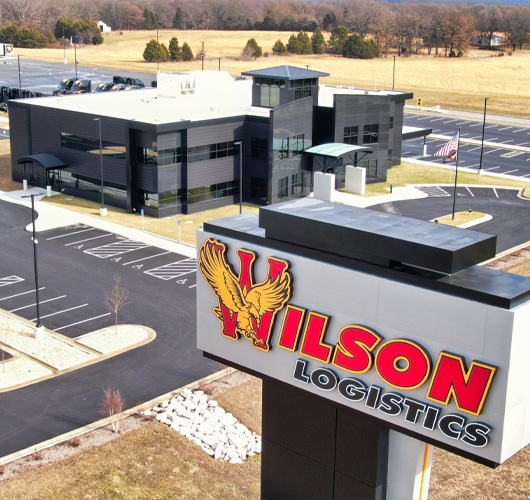
Looking Beyond Retention
While WorkHound has helped Wilson Logistics organically improve its driver retention rates, Bruce says the benefits WorkHound delivers are greater than the sum of its parts.
“If turnover is the only measurement tool you’re going to use, I think you’re going down the wrong path,” he explains. “I don’t think you can use just one metric or one key performance indicator to say that WorkHound — or any system — is worth it. It’s more holistic than that. Measuring success is all of the things we’ve talked about to show continuous improvement.”
Results
100%
Comeback Improvement
Equipment challenges were previously a weekly occurrence, and after addressing the issues, as of July 2023, Wilson reduced this average to 0.
60
Successful Retentions
In just 18 months of using the WorkHound platform, Wilson successfully retained 60 drivers by addressing received feedback.
23%
Praise
Remarkably, praise made up 23% of all student feedback, and the training theme emerged as the 2nd most positive category in the past 12 months.

With the help of WorkHound, Wilson Logistics improved team communication and reduced their comebacks to zero.
Let's Build Better Workplaces Together
Revolutionize your company culture and your worker retention rates by improving communication and engagement.
Book a Demo